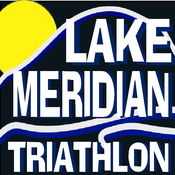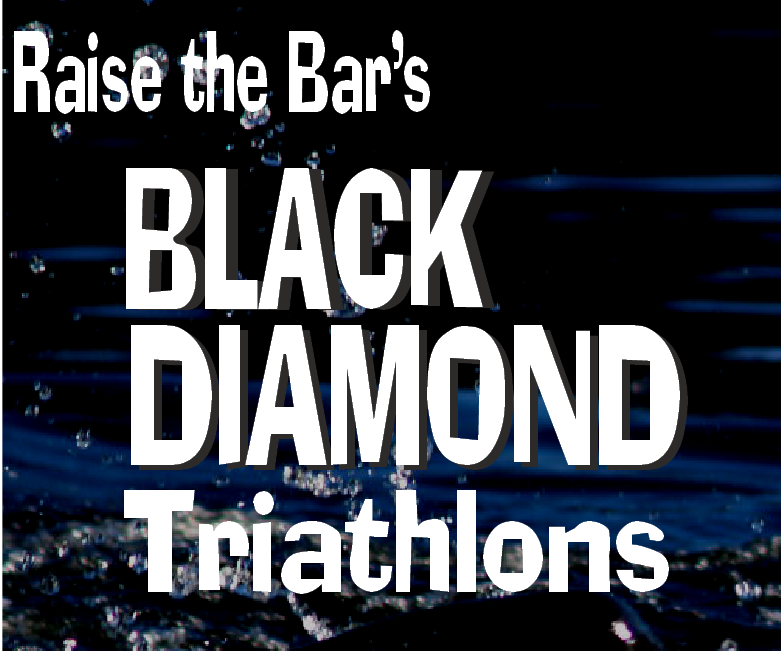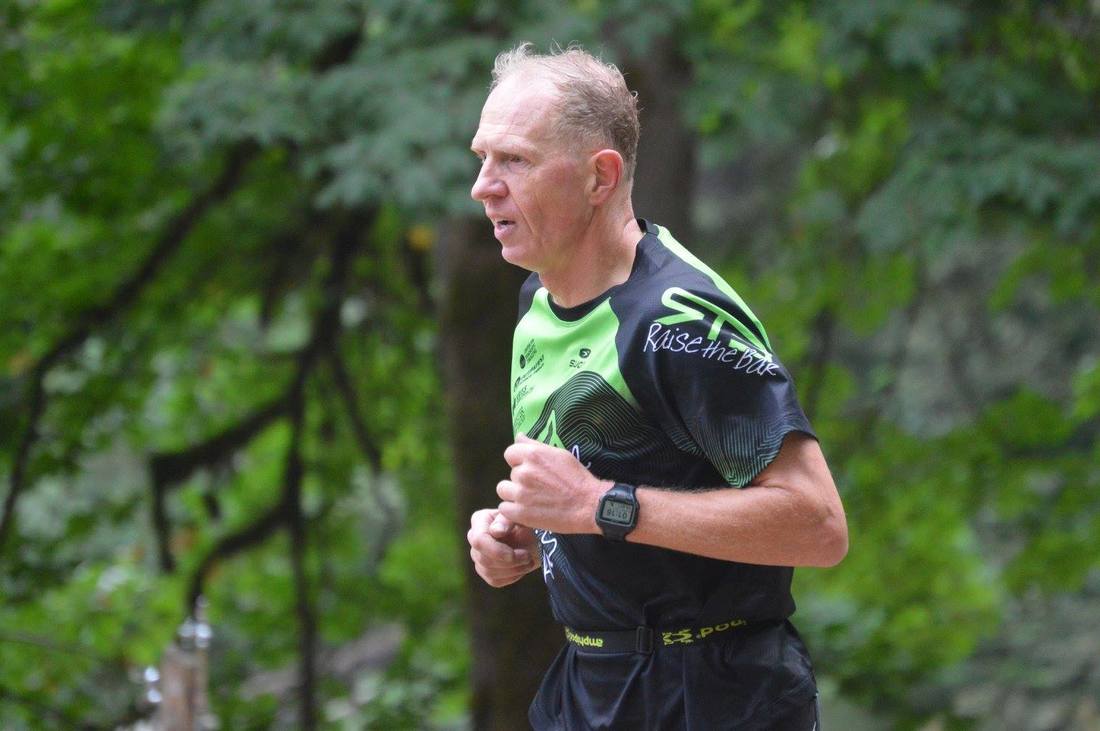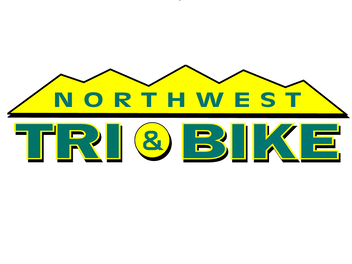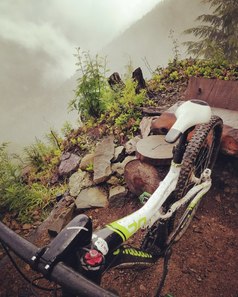 by Phillip Kriss D.C. of Kriss Chiropractic For most of us the triathlon season is over. The warm temperatures are fading, and we are moving into the dark and rainy season. Only the toughest or insane will gut out a 4 or 6 hour ride in 45 degrees and rain. Hopefully you had a great year of accomplishment and success! If you did, congratulations! If you did not, there is next year. It has been my experience that it is close to impossible to push hard and remain competitive for the entire year. We all know people that have pushed hard for a few consecutive years, but then the inevitable sets in. Looks to me if there is not a period of rest or maintenance of a reasonable degree of fitness, your rest will be imposed on you in the form of an injury or burnout. Who wants that? Your body is an amazing organism that can adapt to most stresses put on it if it is done in a reasonable manner. However, it can only take so much abuse and stress before it starts to break down. Downtime is essential. Downtime can be your enemy. Packing on a bunch of extra weight and de-conditioning can happen in a flash. Then getting yourself out the door is not so easy. To think next spring you can go from 5 months on the couch to pull off a great race time is unreasonable. Doing the same routine gets boring eventually. And your body also will adapt to the new norm unless either you push it to new heights of achievement (see how that is a bad idea above) or you need to break it up a bit and do something different. The variety is good for your head and your body. So, before you settle in and chow down that bag of chips in front of the TV to prepare yourself for the future of Christmas cookies, consider this: What is a reasonable time per week to spend working out in some form? What is your weak spot? What can you do to make it better? What else can you do to stay fit besides the routine of swimming, biking and running? I think it is reasonable to pick events coming up in the next few months and sign up for them. Most however, will be on foot (ugh). If a marathon or other distance is on your radar in the future, sign up for one. It does not have to be a record breaker. Maybe it would be fun to run a race with your buddies just to run it. Consider riding dirt events. No traffic and not weather dependent. Riding in the wet is way more comfortable in the woods than on the road. An event a month will keep your head in the game, your body fit and ready for whatever you may throw at it later. Make plans! If something is on the calendar, you have a much better probability you will get done what you need to to meet the fitness deadline. Something inside you will click and get you moving.
0 Comments
By Holly Pennington, PT, DPT
When race season comes to an end, a break from your training schedule may be exactly what you need. At the same time, you may be asking, “Now what?” The post-race season is the ideal time to shift your attention to these five activities that are sure to enhance your training but sit on the back burner in the spring and summer. Take your bike in for a post-season tune up. Your bicycle has been working hard for you over the past six months. Say thank you by dropping it off at the local shop*. A good tune-up will not only will prolong the life of your bike, but also decrease the chance for flats, breakdowns and crashes. Taking good care of your bike is taking good care of yourself, and now is the perfect time! *Our favorite bike shop: Northwest Tri and Bike (of course!) Start resistance training. Who has time for weights when long rides and runs are your top priorities? If you have been on the fence about adding resistance training to your workouts, now is a good time to experiment. Substitute a fraction of the time you have been spending in the saddle for time at the gym and experience the benefits of anaerobic training for endurance athletes yourself. Try yoga. Weights aren’t the only way to enhance your training with something anaerobic. Yoga can help endurance athletes in a myriad of ways including improving dynamic balance (important for running), mastering breathing techniques to lower your heart rate and increase cardiovascular endurance, and learning new approaches to enduring physical discomfort. Incorporating a basic yoga routine post-races and after long workouts can also help reduce inflammation and prevent overuse injuries. The benefits of yoga are virtually endless and you don’t even have to leave home* to try it! *Our favorite at home yoga videos: Yoga With Adriene (and they are even free!) Buy new running shoes. If your shoes have been with you since you since the rain turned to sun last spring, they are probably done. Before the financial pressure of the holidays and before you end up with a pesky case of plantar fasciitis from believing you are an exception to the six-month rule, head to the running store* and let the experts fit your feet to a new pair. You can shop stress-free, break your new shoes in slowly and reward your feet with the support they deserve. *Our favorite spot for the perfect fit and other great running gear: Roadrunner Sports Get that nagging pain checked out (for free!). What better time to take care of that pain in your knee that you hope will just go away now that you are done racing? Time off is usually not the solution to low-level, persistent pains. Overuse injuries such as tendonitis or joint pain may subside with a reduction in mileage, but until the root cause of the pain is identified (usually a muscle imbalance of some kind), the same pain will rear its ugly head again when you ramp up your training schedule next spring. Treat yourself to a free consult with a physical therapist* and take care of that nagging pain. It won’t get better on its own! *Visit www.outpatientpt.com to find a clinic near you and schedule a free consultation with a licensed physical therapist. I want to start off by saying what an honor it is to be chosen to write about why I tri. The answer as to why I tri is pretty simple. I love it and it makes me happy. I love the people, the lifestyle, and the challenge. A little background on how I got started in this wonderful sport of triathlon. When I was a kid I enjoyed sports more than anything else. In addition to soccer and figure skating I used to spend hours playing hockey with the neighbor kids down the street. My senior year in high school, my little brother Robby, started running with a group to train for a half marathon. He introduced me to his friend Reid and Reid’s dad, RJ. Reid and RJ became like family to me and my brother. I would drive myself and Robby out to the Burke Gilman trail early on the weekends to go run with Reid, RJ, and the rest of the running group. My brother and I both ran our first half marathon, the Seattle Rock N Roll, in 2010. In 2011, the summer I met my husband Sean, I ran my first full marathon. I went on to run more marathons and Sean and I even trained for and ran the Winthrop Marathon a year before we got married. In 2013 I graduated from WSU, ran a marathon, got married, we bought a house, got a car, got a job, adopted a dog on the way home from Pullman after graduation, and a few weeks later adopted a puppy off craigslist. These events happened between May and July 2013. It was a lot of adulting in a short amount of time.
I tried to take some time off “training” after getting married to focus on being married and my new job. Sean worked second shift at Boeing, so I would come home from work, go for a short run, maybe do some P90x, make myself dinner, and go to bed. On Friday nights, for fun, I would cook or bake something like a cake or muffins. About mid-way through 2014 I knew I needed a challenge. I loved cooking, cleaning, and working, but I missed having a goal to train for. I signed up for the Grand Ridge Ultra run for fall 2014. A week out from the race I took my dog Grace out to Grand Ridge for a short training run. It was early in the morning and there weren’t many people on the trail. I was coming around a switch back and about 10 feet from me was a bear and her two cubs. I had surprised her, and she started making chuffing noises and lunged at me. I held up my hands and backed away slowly. Grace stood behind me and thankfully didn’t make any noise. We backed around the corner and ran back to the car. It was a scary thing to happen a week out from the race. The following Thursday, a couple days out from the race, I was sitting at my desk. I worked the late shift, so I could train in the morning before work and also miss traffic. My co-worker was packing up to leave for the day. Suddenly, I started having sharp pains in my chest. I tried taking a breath in but couldn’t because it hurt to much. I passed out and when I woke up my co- worker was freaking out. I threw up in a garbage can and she called an ambulance. The medics checked my blood sugar, and everything seemed to be fine. They said it could have been a panic attack. Ultimately, between the bear and the panic attack, I did not end up running the Ultra. I was super bummed, but I may not have ended up on the path I am on if it were not for the events that led to not being able to do the Ultra. About a week later I was talking with my manager about triathlon. She thought I might enjoy doing an Ironman. She had done Challenge Penticton years back and had a road bike she was willing to sell me. Between the bear and the incident at work I realized that life is short and sometimes it is best to just go for it. I signed up for Penticton, bought the road bike, and got myself a gym membership so I could use the pool. I remember walking into Northwest Tri & Bike for the first time. It was a couple months after I had started training for Penticton. I met Julie and she told me about Raise the Bar. I started going to the team swims and met the most amazing people. The people I have met through Raise the Bar have become some of my greatest friends and another one of the reasons I love triathlon so much. The people. |
Raise the BarRace reports, upcoming events, news, and more, from RTB. Archives
September 2023
|
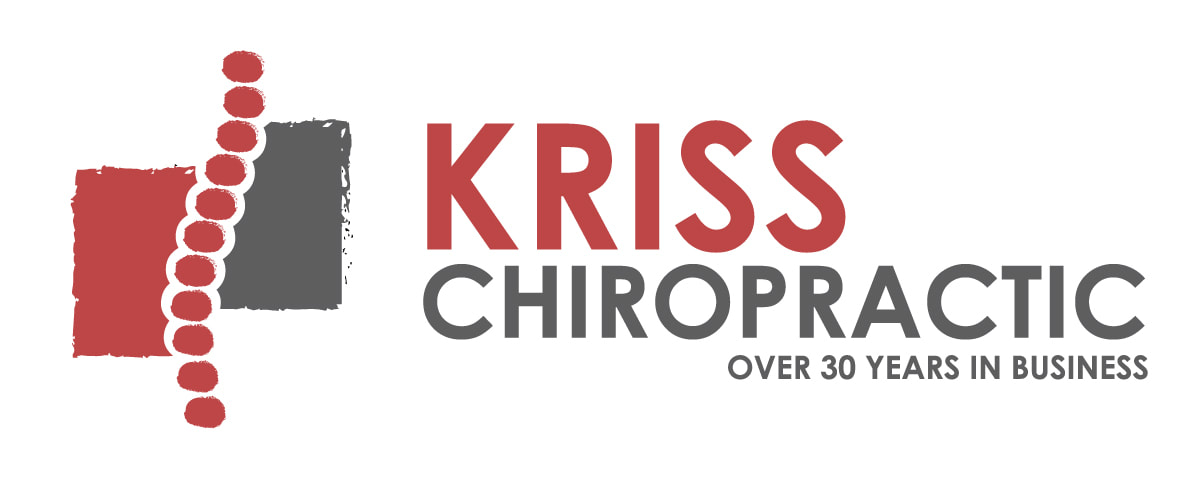

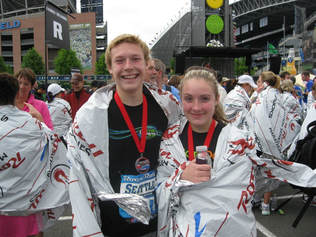
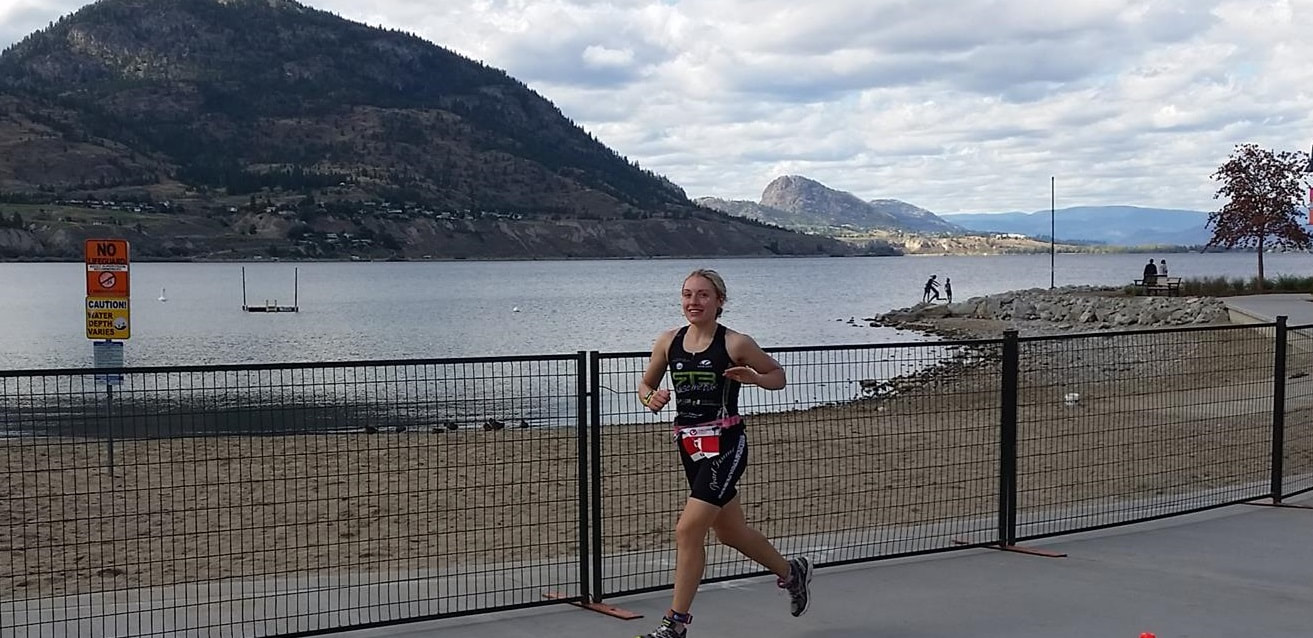
 RSS Feed
RSS Feed
